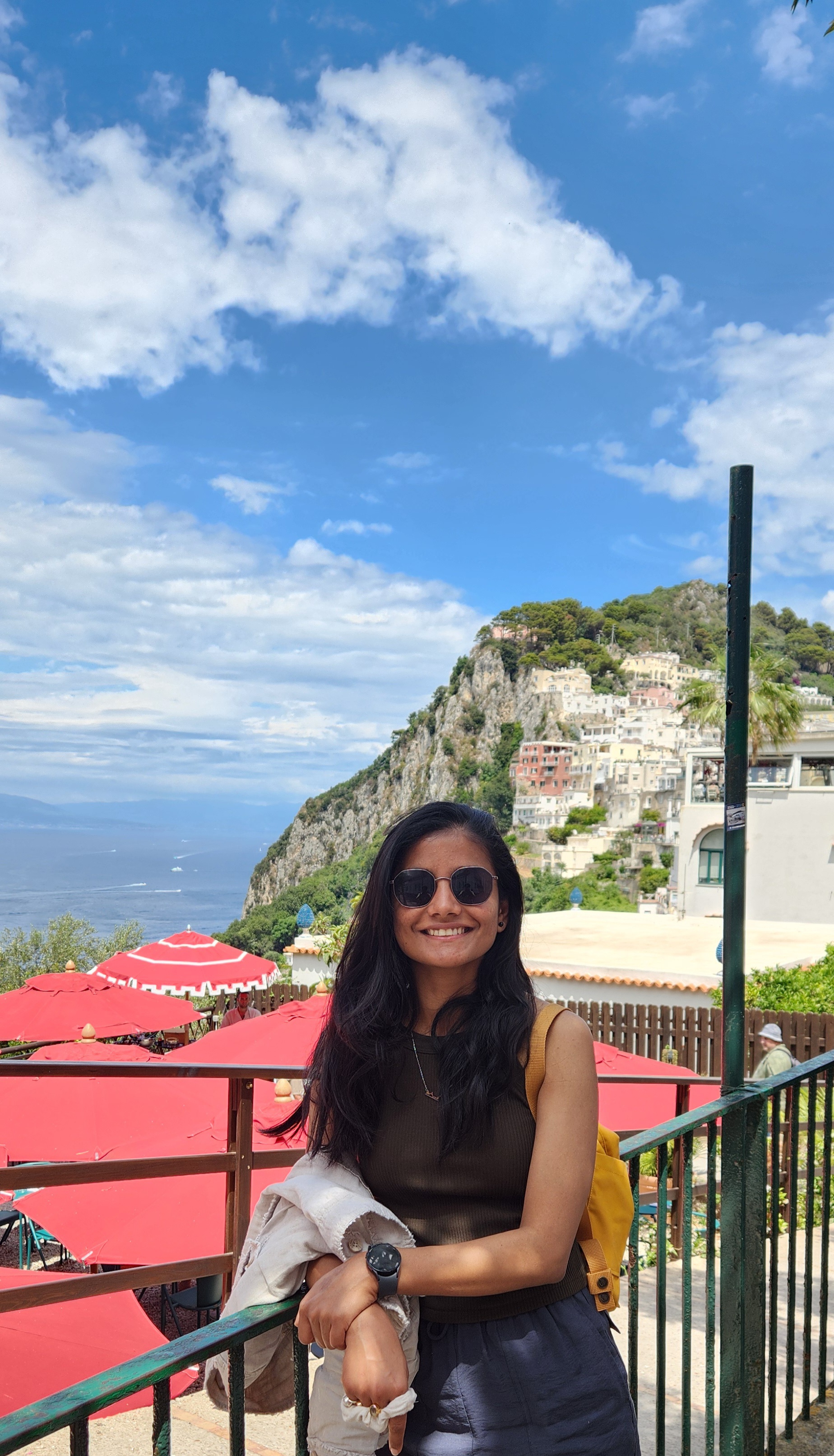Garvita Tiwari

I am a Ph.D. student at the Real Virtual Humans group, Max Planck Institute for Informatics (MPI-INF), Saarbrücken and University of Tuebingen, under the supervision of Prof. Dr. Gerard Pons-Moll.
Education
- Ph.D: Max Planck Institute for Informatics and University of Tuebingen, December 2019 - Present
- M.Sc. in Visual Computing, Saarland University, Saarbrücken, Germany, October 2017 - November 2019
- B.Tech in Electronics and Communication Engineering, IIIT-Allahabad, India, July 2012 - May 2016
Work
- Research Scientist Intern, FAIR, Meta, London, July 2022 - November 2022
- Computer Vision Software Engineer, Infurnia Technologies, Bengaluru, India, July 2016 - May 2017
Research Interests
- Computer vision for graphics
- Geometric deep learning
- 3D Human modelling
- Clothing models and dynamics
selected publications
-
 CloSe: A 3D Clothing Segmentation Dataset and ModelIn International Conference on 3D Vision (3DV), Mar 2024
CloSe: A 3D Clothing Segmentation Dataset and ModelIn International Conference on 3D Vision (3DV), Mar 2024 -
 Pose-NDF: Modeling Human Pose Manifolds with Neural Distance FieldsIn European Conference on Computer Vision (ECCV), Oct 2022
Pose-NDF: Modeling Human Pose Manifolds with Neural Distance FieldsIn European Conference on Computer Vision (ECCV), Oct 2022 -
 Neural-GIF: Neural Generalized Implicit Functions for Animating People in ClothingIn International Conference on Computer Vision (ICCV), Oct 2021
Neural-GIF: Neural Generalized Implicit Functions for Animating People in ClothingIn International Conference on Computer Vision (ICCV), Oct 2021